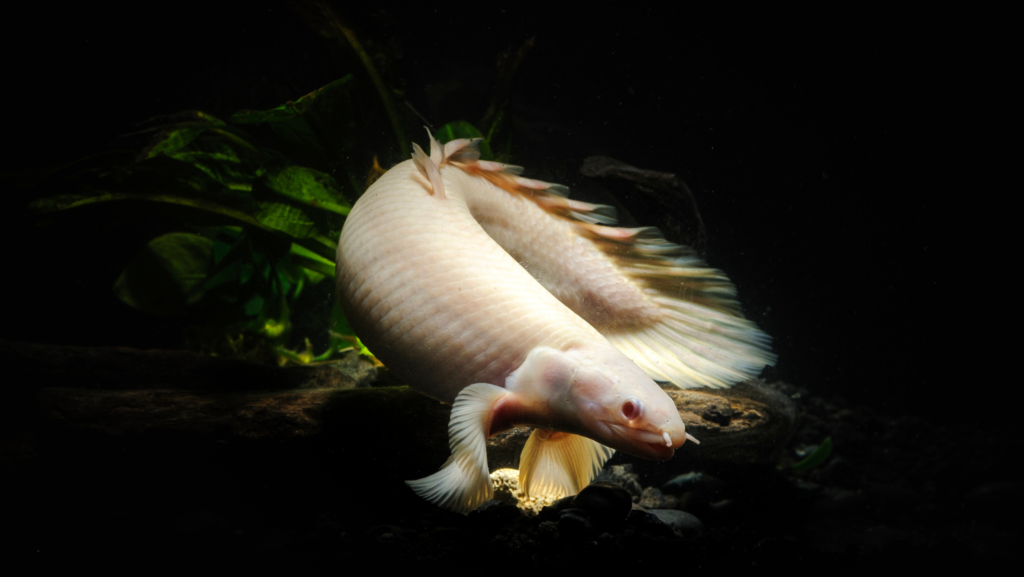The bichir, scientifically known as Polypterus, is a fascinating and ancient fish species that belongs to the family Polypteridae. These unique fish have existed for millions of years, dating back to the Cretaceous period. Found in the freshwater habitats of Africa, particularly in the Nile River and other water bodies across the continent, bichirs exhibit distinctive features and life cycle characteristics.
Bichir Birth:

Bichirs, like many fish species, undergo external fertilization. The female lays eggs, and the male fertilizes them externally. The eggs are adhesive and typically attach to surfaces such as plants or rocks. The hatching process takes several days, and the newborn bichirs emerge as small, transparent larvae. At this stage, they are vulnerable and require protection from potential predators.
Bichir Growth and Adult Life:
As bichirs grow, they undergo a unique development process. They exhibit a series of stages known as polypteriform development, during which they go through various morphological changes. One distinctive feature of bichirs is their elongated, eel-like body, which sets them apart from other fish species. Over time, they develop prominent dorsal fins and ganoid scales, contributing to their prehistoric appearance.
Bichirs are well-adapted to their freshwater habitats, often residing in slow-moving waters with abundant vegetation. They are remarkable for their ability to breathe air using a modified swim bladder, allowing them to survive in oxygen-deprived environments. This adaptation is particularly advantageous during the dry season when water levels may decrease.
Bichir Food Habitat:

Bichirs are carnivorous and primarily feed on live prey. Their diet typically consists of small fish, insects, worms, and crustaceans. With a combination of keen eyesight and a well-developed sense of smell, bichirs are efficient hunters. They use their pectoral fins to move along the substrate and explore their surroundings, searching for potential prey.
Reproduction:
The reproductive behavior of bichirs involves courtship rituals. During the breeding season, males display vibrant colors and engage in intricate courtship dances to attract females. Once a female selects a mate, the external fertilization process occurs, and the adhesive eggs are deposited in a suitable location. Bichir parents do not provide care for their eggs or offspring, leaving them to hatch and fend for themselves.
Death:

The lifespan of bichirs varies depending on factors such as species, habitat conditions, and individual health. In captivity, bichirs can live for several decades if provided with appropriate care and a suitable environment. However, in the wild, their lifespan may be influenced by predation, environmental changes, and competition for resources.
In conclusion, the bichir’s life cycle encompasses birth, growth, adaptation to specific food habitats, reproduction, and ultimately, death. These ancient fish species have evolved to survive in diverse environments, showcasing remarkable adaptations and life history strategies that have allowed them to persist for millions of years. Studying the life cycle of bichirs provides valuable insights into the resilience and diversity of aquatic ecosystems.

